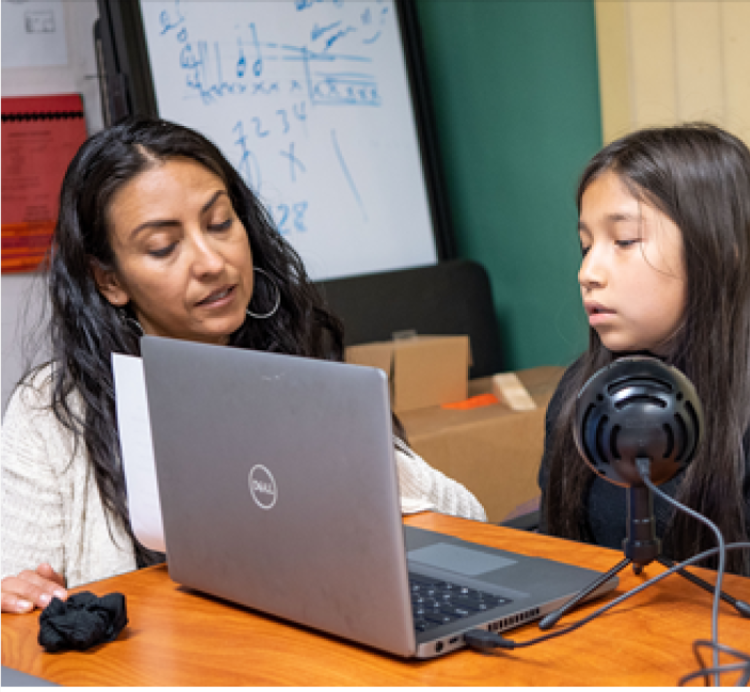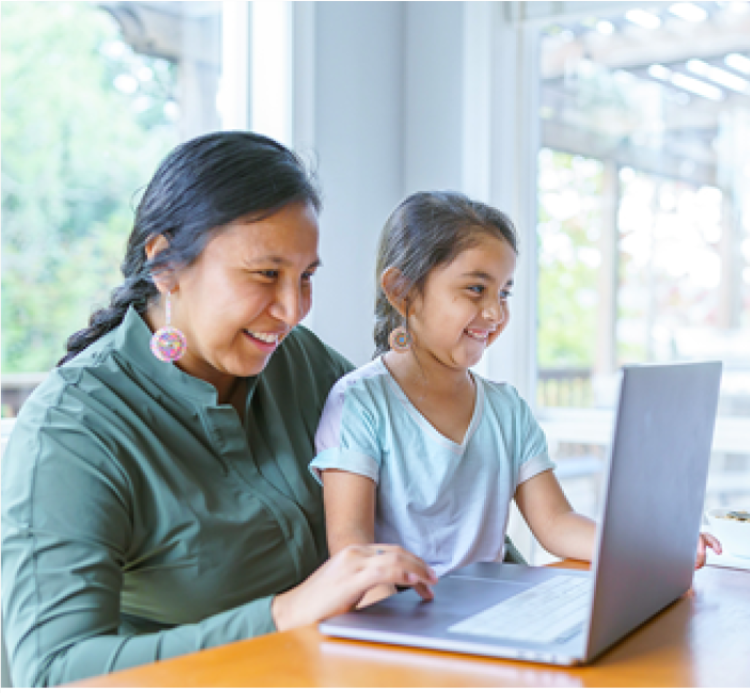
In response to the ever-changing educational landscape, BIE schools are taking proactive measures to ensure a seamless transition to remote learning. With a commitment to providing quality education to Native American students, they are leaving no stone unturned to prepare for any potential challenges that may arise. Here's an insight into the steps BIE schools are taking to get ready for remote learning:
Strengthening Digital Infrastructure:
Recognizing the importance of internet connectivity, BIE schools are investing in upgrading their digital infrastructure. In remote and underserved areas, they are working with local authorities to enhance high-speed internet access. The schools are also procuring modern hardware and devices to ensure that each student has equal access to online resources.
Empowering Educators through Professional Development:
BIE schools understand that well-prepared teachers are essential for effective remote instruction. As a result, they are prioritizing extensive professional development programs. Through the Strategic Transformation of Education Plan, teachers are engaging in workshops and training sessions on digital teaching tools, remote instruction strategies, and methods for enhancing student engagement in a virtual setting. This investment in teacher training aims to boost their confidence and ability to deliver exceptional remote lessons.
Developing a comprehensive Pivot to Remote Learning Guide
Review and use the PIVOT TO REMOTE LEARNING GUIDE below to best prepare with short notice or in long-term planning.
Adopting a Versatile Learning Management System (LMS):
To streamline remote learning, BIE schools are adopting diverse Learning Management Systems that cater to the unique needs of each school. They are carefully selecting customizable LMS platforms that are easy to use and compatible across various devices. These platforms facilitate seamless communication between teachers, students, and parents, creating a cohesive learning experience.
Crafting Engaging Digital Curriculum Resources:
Recognizing the importance of continuity in learning, BIE schools are developing comprehensive digital curriculum resources aligned with national and state standards. These resources encompass all core subjects, accommodating different grade levels and learning styles. With an extensive repository of high-quality content at their disposal, teachers can design captivating lessons for remote learners.
Prioritizing Accessibility and Inclusivity:
Determined to provide an inclusive learning environment, BIE schools are placing a strong emphasis on accessibility. They are implementing inclusive design principles and offering assistive technology tools to cater to diverse learners, including students with disabilities and special needs. BIE schools are collaborating with special education experts to ensure that each student's Individualized Education Plan (IEP) is met during remote instruction.
Strengthening Family and Community Engagement:
BIE schools recognize that parental involvement is vital for student success in remote settings. They are actively forging strong partnerships with parents, establishing clear communication channels, and hosting virtual workshops to help parents support their children's education. In addition, BIE schools are actively engaging the community to garner support and understanding during the transition to remote learning.
Establishing Comprehensive Support Systems:
To address any technical challenges that may arise during remote learning, BIE schools are establishing dedicated helplines and virtual help desks. They are committed to providing round-the-clock technical support for students, parents, and teachers. These support systems ensure that any issues are promptly addressed, leading to a seamless and fulfilling learning experience for all.
BIE schools are diligently preparing to pivot to remote learning by investing in technology, empowering educators, crafting engaging resources, and fostering inclusive and supportive learning environments. Their proactive approach demonstrates a dedication to their students' success, ensuring a brighter future for Native American learners in the face of evolving educational demands.
PIVOT to REMOTE LEARNING GUIDE
At times, teachers and students may need to access learning materials virtually due to weather, illness, or other unexpected events. In order to support short-term or long-term virtual transitions, staff and administrators must consider and plan for a variety of teaching and learning needs. This document supports staff planning for a virtual transition.
Some schools may have a Learning Management System (LMS) and others may not. This guide is written with both sets of schools as an intended audience. Schools without an LMS will need to quickly secure one as well as a digital curriculum if the remote status is expected to be greater than 1-3 days. The Office of the Director will be able to make suggestions or arrange access.
Use these links to access information based on user type and/or implementation speed.
Need assistance?Drop into the STEP Education and Training team office hours during any of the times below. Be prepared to share your screen so we can best support you. |
Department of Education collection of practical tips and resources
- Resources for Teachers
- Resources For Schools
- Guide for Developing High-Quality School Emergency Operations Plans
- FERPA Compliance and Remote Learning
Department of Education "Learning at Home" resources





